Introduction
In today’s competitive market, the growth and learning of employees are more important than ever. Organizations that invest in enhancing employee skills and fostering a culture of continuous learning gain a significant competitive advantage. By prioritizing employee growth and learning, companies can improve employee satisfaction, increase productivity, attract top talent, and achieve long-term success.
However, providing effective learning opportunities can be a challenge. Traditional training methods often fail to meet the diverse needs and preferences of employees, resulting in disengagement and limited knowledge retention. To overcome these challenges, organizations are adopting evolving approaches that prioritize personalized skills development, cultivate a continuous learning culture, encourage collaboration and mentoring, leverage learning technologies and tools, integrate learning into daily work, invest in Leadership development programs, implement effective feedback and performance evaluation processes, and continually evaluate and improve their initiatives.
Personalized Skills Development
Recognizing the unique skills and strengths of each employee is crucial for enhancing growth and learning. By understanding employees’ career goals and aspirations, organizations can tailor learning programs to meet their individual needs. This approach can be facilitated through personalized learning platforms and resources that allow employees to access relevant content, assessments, and recommendations based on their skills gap and interests.
For example, companies like Google and Microsoft have implemented personalized learning programs, leveraging technology to provide employees with access to a wide range of courses, certifications, and resources. These platforms enable employees to develop skills at their own pace and focus on areas that align with their career goals.
Continuous Learning Culture
Fostering a culture of continuous learning is essential to empower employee growth and development. Organizations can accomplish this by encouraging employees to actively seek out learning opportunities, both within and outside the workplace. Establishing dedicated time for learning and development, acknowledging and rewarding learning achievements, and integrating learning into performance evaluation processes are effective approaches to cultivate a continuous learning culture.
For instance, companies like LinkedIn offer employees a specific amount of time each week, commonly known as “InDay,” to pursue learning and personal development. This dedicated time allows employees to engage in online courses, attend conferences, or work on projects that enhance their skills and knowledge.
Learning through Collaboration and Mentoring
Encouraging collaboration and knowledge sharing among employees is a powerful way to enhance growth and learning. Establishing mentoring programs and networks allows experienced employees to share their insights and provide guidance to less experienced colleagues. Creating opportunities for cross-functional learning, team projects, and peer-to-peer learning can also enrich employees’ knowledge and skills.
Companies like Salesforce have successfully implemented collaborative learning initiatives. Their employees can connect with mentors, join communities of practice, and participate in knowledge-sharing sessions to enhance their professional development. This approach fosters a sense of community and facilitates the transfer of tacit knowledge within the organization.
Learning Technologies and Tools
The rapid advancement of learning technologies has revolutionized growth and learning. Organizations can leverage eLearning platforms, online courses, virtual reality, and other cutting-edge tools to provide engaging and interactive learning experiences. The gamification of learning can enhance employee engagement and motivation by integrating game elements, such as challenges, rewards, and leaderboards, into the learning process.
For example, Walmart uses virtual reality simulations to train their associates in various scenarios, allowing them to develop and practice skills in a realistic and immersive environment. This technology-driven approach not only enhances learning outcomes but also reduces training costs and minimizes risks associated with certain job tasks.
Integrating Learning into Daily Work
Integrating learning opportunities into employees’ daily work routines is a highly effective approach to enhance growth and learning. Encouraging on-the-job learning and experimentation allows employees to learn new skills in real-time while solving practical problems. Embedding learning resources within workflow tools, such as knowledge bases, searchable databases, and interactive tutorials, ensures that employees can access relevant information at the point of need.
Adobe Systems is renowned for its “Learning@Work” initiative, which enables employees to access learning resources directly within their workflow. By seamlessly integrating educational content into their software tools, employees can acquire new skills and knowledge without interrupting their work. This approach significantly enhances productivity and satisfaction.
Leadership Development Programs
Investing in leadership development is essential to support growth and cultivate future leaders within the organization. Identifying high-potential employees and providing them with targeted training, mentoring, and coaching prepares them for leadership roles and ensures a smooth succession planning process.
One notable example is General Electric (GE), which has a long-standing leadership development program called the “Crotonville Experience.” This program brings together high-potential executives from different divisions and provides them with a holistic development experience through various learning methodologies, including learning simulations and executive coaching.
Feedback and Performance Evaluation
Incorporating regular feedback and performance evaluations into the growth and learning process is crucial for identifying areas for improvement and creating targeted development plans. Feedback should be constructive, specific, and actionable to guide employees on their learning journey. Encouraging a growth mindset and self-reflection helps individuals see feedback as an opportunity for growth rather than criticism.
Companies like Amazon have implemented a feedback culture through their “Pivot” program. This program includes a rigorous review process that encourages employees to provide constructive feedback to their peers, fostering a culture of continuous improvement and learning.
Continuous Evaluation and Improvement
Regularly evaluating the effectiveness of learning initiatives is necessary to ensure that growth and learning strategies are aligned with organizational objectives. Gathering feedback from employees and stakeholders enables organizations to identify areas that need improvement and make data-driven decisions to enhance learning outcomes.
For instance, IBM uses a combination of surveys, analytics, and qualitative feedback to measure the impact of their learning programs. By constantly evaluating and fine-tuning their initiatives, IBM ensures that their employees acquire the necessary skills and competencies to navigate the rapidly changing technology landscape.
Empowering Employees: The Key to Thriving in a Dynamic Business Landscape
Enhancing employee growth and learning is critical for organizations to thrive in the dynamic business landscape. By embracing evolving approaches such as personalized skills development, fostering a continuous learning culture, leveraging collaboration and mentoring, adopting learning technologies and tools, integrating learning into daily work, investing in leadership development, incorporating feedback and performance evaluation, and continually evaluating and improving initiatives, organizations can create a culture of learning that empowers employees to reach their full potential.


